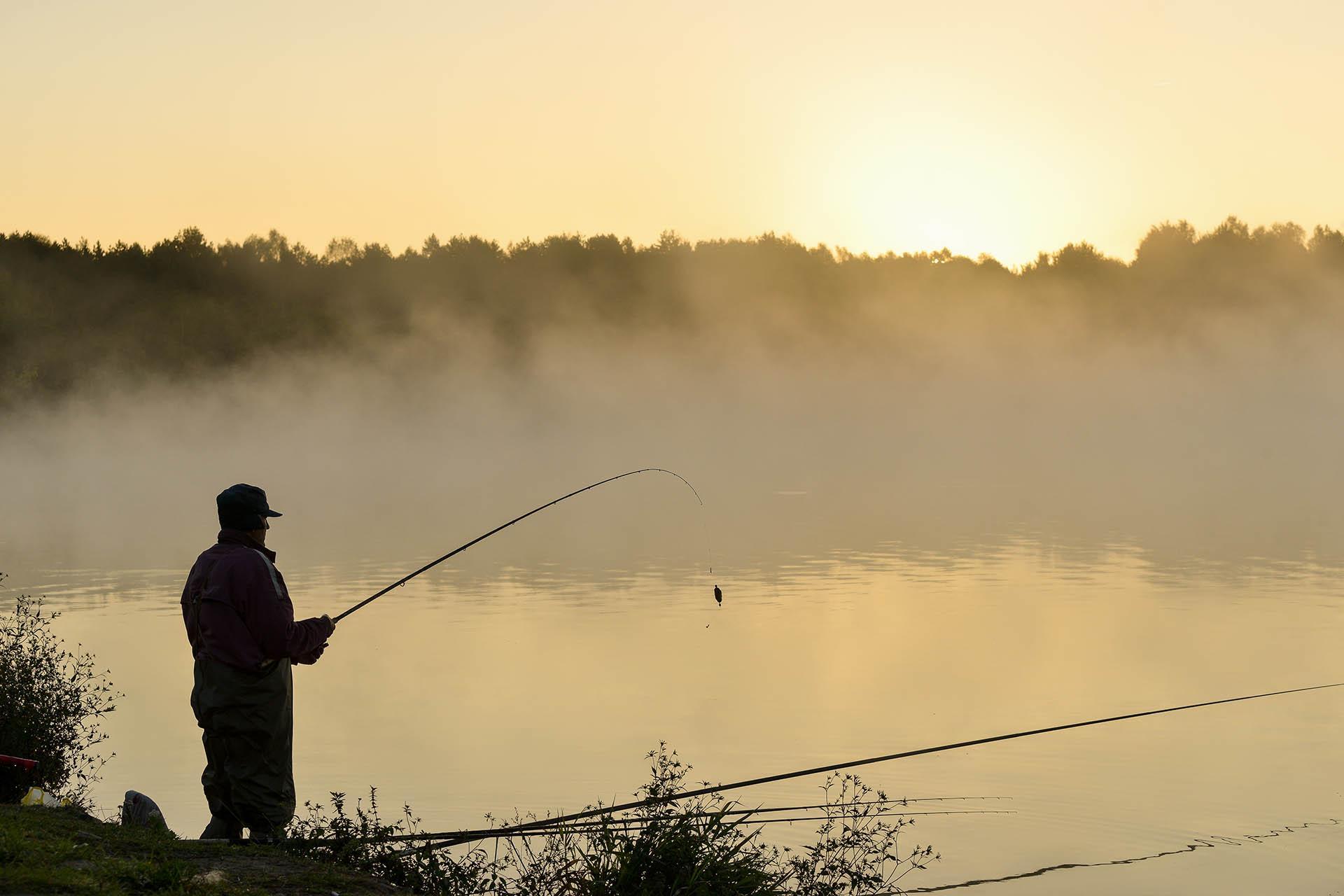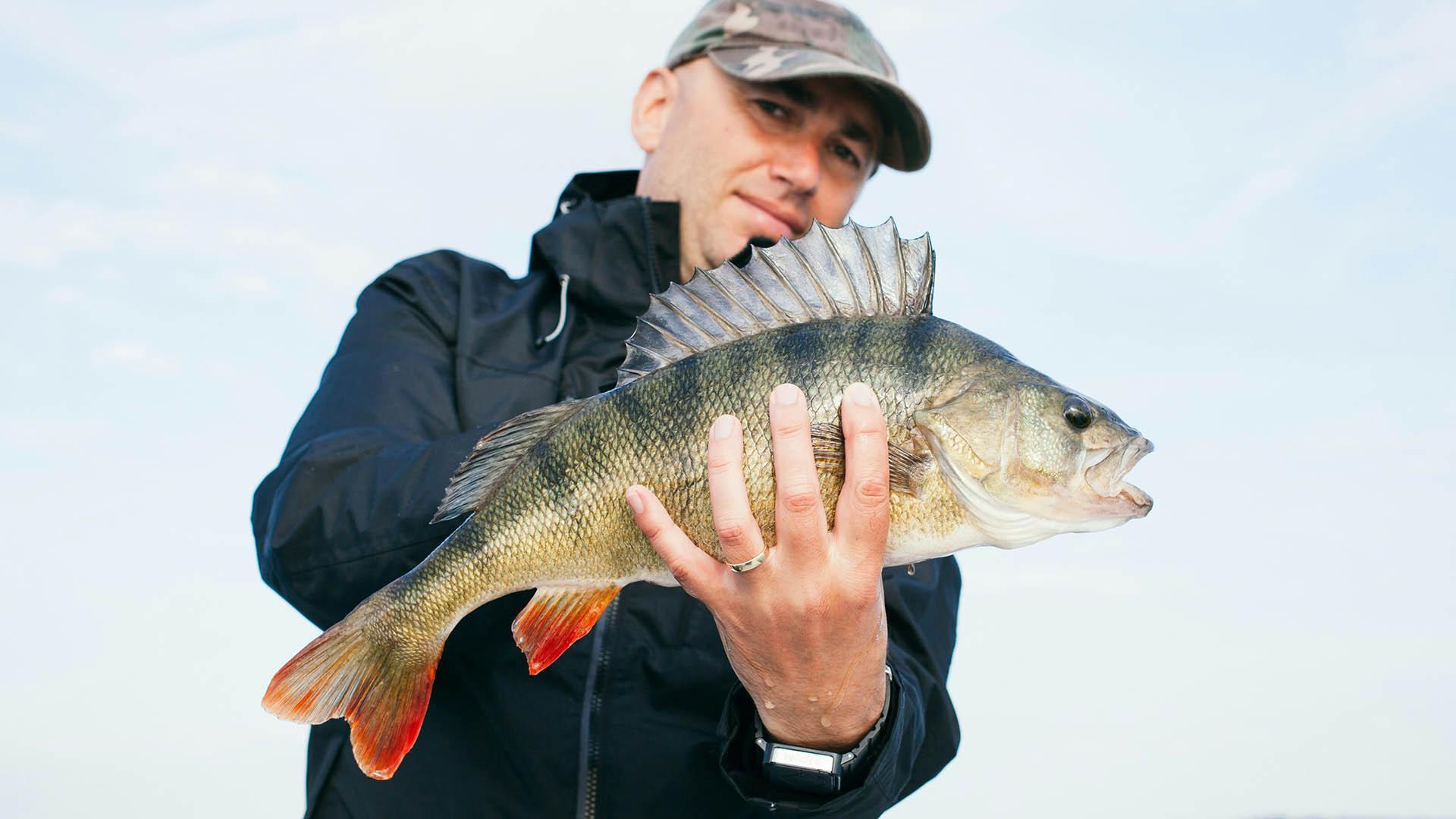
Fish in the Bays de Noc: 7 Thrilling Species Await!
Want to wet your line in some of the best fishing waters in the Midwest? Whether you're a seasoned angler or a novice looking to make your first cast, bring your poles and tackle to Lake Michigan’s Little and Big Bays de Noc. The fish are biting!
Here’s a quick guide to what are the most common fish to catch. You'll delight in the excitement of reeling them in, and they make for a delicious dinner as well.
WHAT MIGHT TAKE THE BAIT
Smallmouth Bass
The vast majority of bass caught in the Bays de Noc are smallmouth. Smallies are big fighters so be ready to put your fishing skills to the test.
Anglers often cast crankbaits along rocky shorelines and submerged rock piles where these fish wait to ambush their prey. Jigging near rock ledges also can successfully entice them to take the bait.
Trolling with small crankbaits or spinnerbaits along drop-offs offers another effective approach for pinpointing active fish. Employing topwater lures like poppers or walk-the-dog style baits frequently leads to explosive strikes from the aggressive bass swimming near the water's surface. Also, live bait such as crayfish or minnows on a Carolina rig is an old-school, highly effective tactic.
Largemouth Bass
While these fish with bucket-sized mouths are not abundant in the Bays de Noc, it’s tough to top the thrill of reeling one in to release it or add it to your livewell for dinner. Look for them in the Bays’ shallows, in rocky and gravel areas, submerged weed beds and under rocky outcrops.
Successful anglers frequently use topwater lures such as poppers and buzzbaits during the early morning and late evening hours when bass are most active near the surface. Casting soft plastic worms or jerkbaits or jigging with small plastics or live bait around underwater structures can be effective in enticing bites from a bass. Trolling with diving crankbaits along drop-offs is another choice for covering a large area and locating bass in deeper water.
Muskellunge (Muskie)
If you want instant gratification, don’t expect to get it when fishing for this highly coveted top-of-the-food chain fish in the Bays de Noc. It takes tenacity and patience when targeting muskies because of their unpredictable feeding patterns and discerning tastes. Whether casting from a boat or fishing from the shore, the exhilaration of hooking a colossal muskie is an unforgettable, boasting experience.
These elusive creatures inhabit various underwater structures like rocky reefs, sunken trees and dense weed beds. During warmer seasons, muskellunges tend to wander farther from shore in pursuit of their next meal.
Anglers often use lures such as bucktail spinners, jerkbaits and swimbaits. Another successful strategy involves trolling with deep-diving crankbaits or oversized spoons along drop-offs and contour lines to pinpoint them in the Bays and Lake Michigan's vast waters.
Northern Pike
Catching northern pikes is another over-the-top fishing thrill when you reel in one from the deep waters of the Bays. You will have the most luck fishing where there are abundant underwater hideouts such as weed beds, submerged timber and rocky points. Patience and persistence are key, as these fish often require multiple presentations to entice a strike.
Anglers targeting pike often use a variety of lures tailored to mimic the fish's natural prey, including large spoons, spinnerbaits, and swimbaits. Casting these lures along the edges of weed beds or through submerged vegetation can trigger aggressive strikes from pike.
Trolling with diving plugs or spinnerbaits along drop-offs is another effective method when covering the vastness of these waters in your hunt for hungry pike.
Perch
If you plan to keep your catches for delicious meals, seek these tasty, Great Lakes panfish. Yellow perch congregate near submerged structures such as rocky reefs, sandbars and weed beds where they forage for small aquatic insects and baitfish.
Anglers see success with a variety of bait options, including live minnows, worms and small jigs tipped with soft plastics. Vertical jigging near the bottom structure or using a spreader with live bait are popular techniques for enticing strikes from perch in Lake Michigan.
Salmon
Salmon fishing in both of the Bays de Noc will give you a heart-pounding, big-grin experience with mouthwatering meals to follow. Here are a few tips from seasoned anglers.
- Coho salmon, prized for their acrobatic leaps and delicious flesh, stay closer to the shoreline during the spring and fall. Anglers targeting Coho salmon commonly employ trolling techniques with spoons or plugs to cover vast stretches of water and locate feeding fish.
- Chinook salmon, known for their formidable size and strength, are catchable on the Bays throughout the year, with peak seasons occurring during the late summer and early fall. You can see success with downriggers, using lures at specific depths to target fish in deeper water. Or try smelt or alewife imitations to entice strikes, particularly when fishing in areas with high baitfish concentrations. Whether trolling along the Bay's expansive surface or working specific areas with precise casting, salmon fishing in the Bays provides you with thrilling battles and the opportunity to land trophy-sized fish.
- Fall river fishing takes you beyond the vast waters of the Bays to the rivers and tributaries that flow into them. As salmon begin their spawning journey, they navigate upstream to their ancestral spawning grounds, providing anglers with an exciting opportunity for river fishing amidst the breathtaking fall foliage.
Use techniques such as drift fishing, casting spinners or spoons, or fly fishing with streamer patterns. Anglers position themselves strategically along riverbanks, targeting deep pools, riffles, and eddies where salmon pause on their upstream migration.
Trout
Trout species such as rainbow, steelhead, lake, brown and brook trout are fun to catch and release or prepare as part of a tasty meal. Bring in steelhead and lake trout from the Bays from mid-summer to September. Two of the Upper Peninsula’s top-ranking trout rivers are the Escanaba River and Whitefish River. Or cast your line in the Ford River, Days River or Rapid River.
To catch trout, tailor your technique to each species. You can entice rainbow trout with artificial flies mimicking natural insect hatches or with spinners and spoons for a more aggressive approach.
Use one of several methods to catch steelhead — float fishing, fly fishing, drift fishing, bottom bouncing or trolling. Spawn sacks, worms, beads, shrimp and flies or lures such as spinners, spoons, crankbaits and plugs are popular to use to entice these fish.
Brown trout, known for their cunning nature, often seek shelter near submerged structures and rocky formations. Use delicate fly presentations, drift fishing with live baits like nightcrawlers or minnows, or employ twitch baits to provoke strikes.
Walleye
Welcome to the mecca of walleye fishing in the Upper Peninsula and arguably the Midwest. The Bays de Noc offers you an exciting pursuit of what many claim to be the best-tasting freshwater fish. Luckily for any angler who comes to fish these waters, this highly valued catch is abundant. Walleye season opens on May 15 and closes on March 15.
You frequently can find walleye near underwater structures such as rocks, points and dropoffs. Jigging with soft plastics or live bait rigs near submerged rock piles or along the edges of weed beds is a popular method for enticing strikes from walleye.
Trolling with diving crankbaits or spinners is another effective technique for covering water and locating active walleye in the Bays. During low light conditions, these sharp-toothed, nocturnal fish may move into shallower bays or tributaries to feed. This provides you with prime opportunities for casting from docks or piers or trolling along weed edges.
An interesting fact about walleye is when you shine a light on them, their eyes give off a distinctive eyeshine similar to a cat’s eyes.
Other Catches
Besides the seven species listed above, you can reel in bluegill, crappie, catfish, bowfin and whitefish from the waters in the Escanaba area.
BOAT ACCESS AROUND THE BAYS
Little Bay De Noc
Rapid River
Gladstone/Kipling
Escanaba
Ford River
Big Bay de Noc
Garden
Nahma
Plan Your Fishing Trip Today
Experience the thrill of fishing where trophy catches await and beautiful natural scenery is all around you. For easier planning, review the Michigan Department of Natural Resources Fishing Guide. Look up the start dates of the different fishing seasons and learn about the fishing regulations in Michigan.
Then pick one of the best places to fish and book your stay nearby to make the most of your fishing adventure! We hope to see you fishing on the Bays soon!







